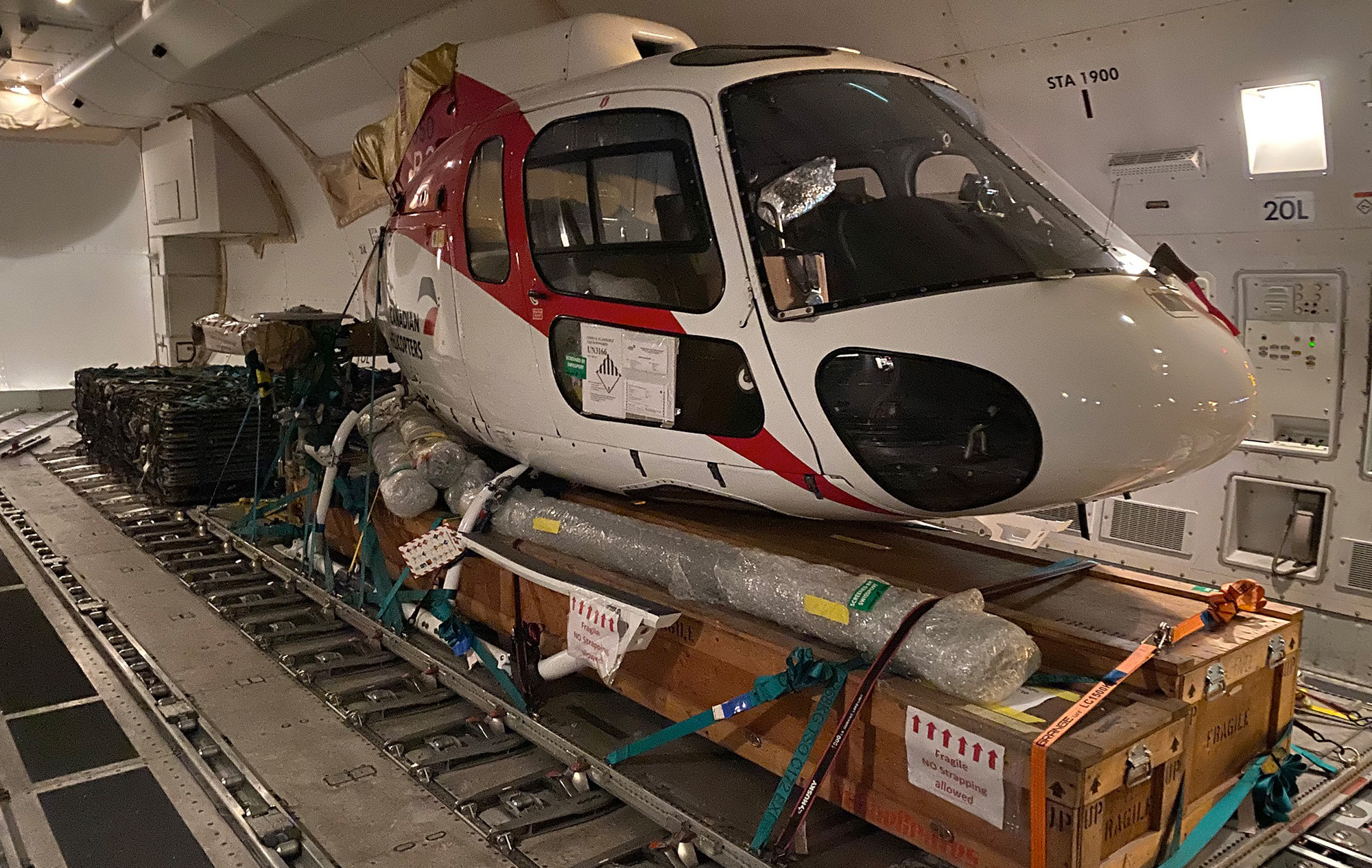In an era where global connectivity is paramount, the safety of transportation modes is a critical concern for travelers and policymakers alike. Among the various forms of transport, air travel and road transport are two of the most widely used. However, a pressing question remains: Is air transport safer than road transport? This article delves into the statistics, safety measures, and inherent risks associated with both modes of transportation, providing a nuanced understanding of their safety profiles.
Statistical Overview: The Numbers Speak
To assess the safety of air transport versus road transport, we must first examine the statistics. According to the National Safety Council (NSC), the odds of dying in a motor vehicle crash are approximately 1 in 107, while the odds of dying in an air travel accident are about 1 in 9,821. This stark contrast highlights that, statistically, air travel is significantly safer than road travel.
Furthermore, the International Air Transport Association (IATA) reported that in 2019, there were only 86 accidents involving commercial aircraft, resulting in 257 fatalities worldwide. In contrast, the World Health Organization (WHO) estimates that road traffic injuries claim approximately 1.35 million lives each year, making it one of the leading causes of death globally. These figures underscore the relative safety of air transport when compared to road transport.
Safety Protocols: Rigorous Standards in Aviation
One of the primary reasons for the enhanced safety of air transport is the stringent regulations and protocols governing the aviation industry. The Federal Aviation Administration (FAA) and the European Union Aviation Safety Agency (EASA) enforce rigorous safety standards that airlines must adhere to. These regulations encompass everything from aircraft maintenance and pilot training to air traffic control procedures.
Pilots undergo extensive training, including simulator sessions that prepare them for a myriad of emergency scenarios. Additionally, commercial aircraft are subject to regular inspections and maintenance checks, ensuring that any potential issues are addressed promptly. The aviation industry also employs advanced technology, such as collision avoidance systems and real-time monitoring of flight data, to enhance safety further.
Road Transport: A Complex Landscape
In contrast, road transport is characterized by a diverse range of vehicles, drivers, and conditions. The lack of uniformity in regulations across different regions contributes to the higher risk associated with road travel. While many countries have implemented safety measures, such as seatbelt laws and speed limits, compliance can vary significantly.
Moreover, human factors play a substantial role in road safety. Distracted driving, driving under the influence, and fatigue are leading causes of road accidents. Unlike aviation, where pilots are subject to strict regulations regarding rest periods and duty hours, many drivers operate their vehicles without such oversight, increasing the likelihood of accidents.
The Role of Technology: Innovations in Safety
Both air and road transport have seen technological advancements aimed at improving safety. In aviation, innovations such as automated flight systems and enhanced navigation technologies have contributed to a decline in accidents. The introduction of unmanned aerial vehicles (UAVs) also presents new opportunities for safer air transport, particularly in cargo delivery.
In road transport, advancements in vehicle safety features, such as automatic emergency braking, lane-keeping assist, and adaptive cruise control, have the potential to reduce accidents significantly. Additionally, the rise of autonomous vehicles promises to transform road safety by minimizing human error, which is a leading cause of accidents.
Conclusion: A Clearer Perspective on Safety
In conclusion, while both air transport and road transport have their inherent risks, the evidence strongly suggests that air travel is statistically safer than road travel. The rigorous safety protocols, advanced technology, and comprehensive training in aviation contribute to its superior safety record. Conversely, the complexities and variabilities of road transport, compounded by human factors, present significant challenges to achieving similar safety levels.

